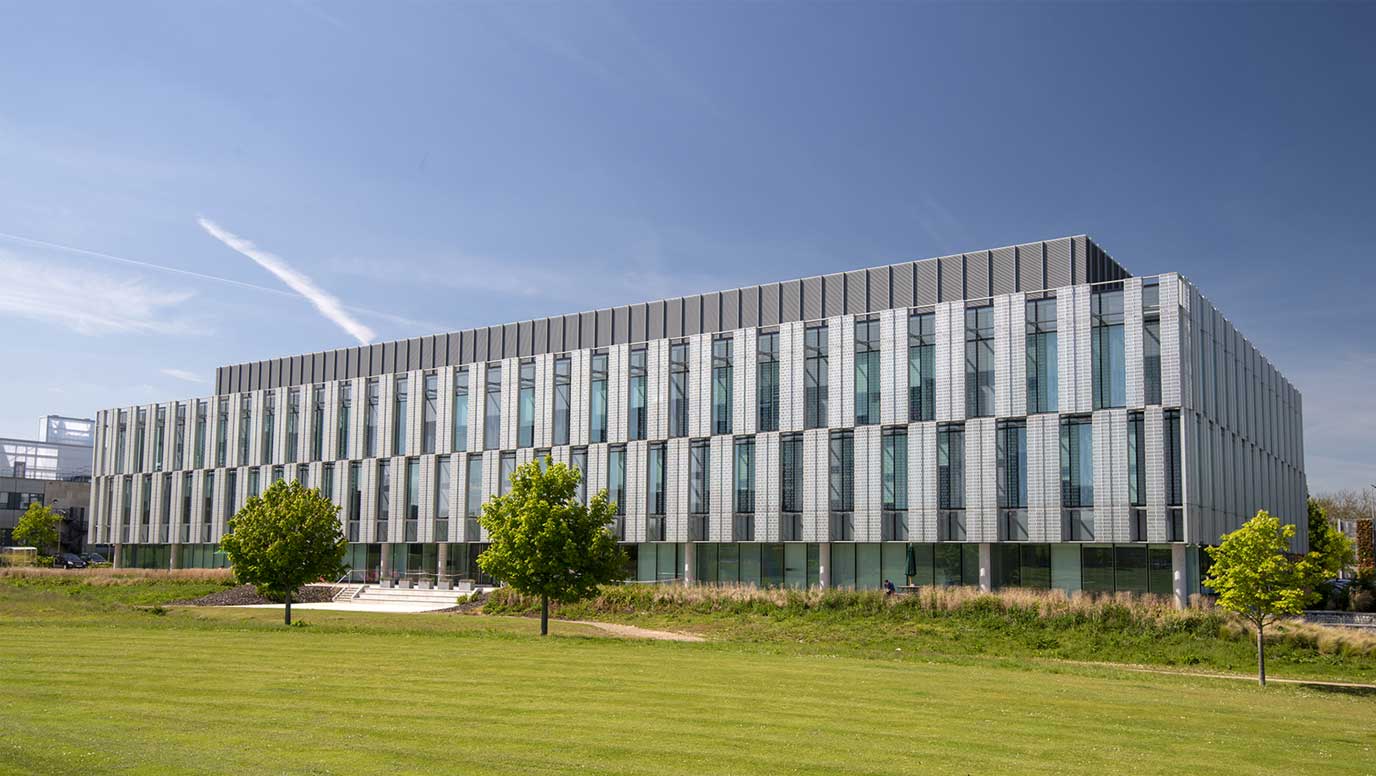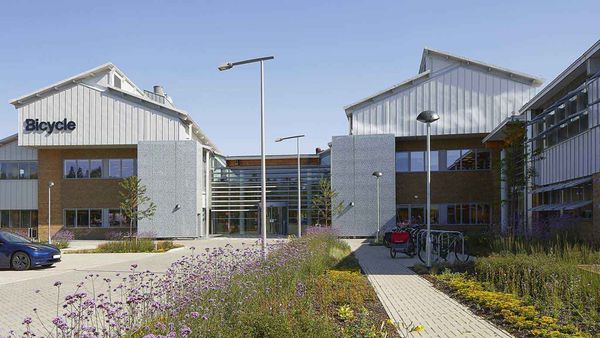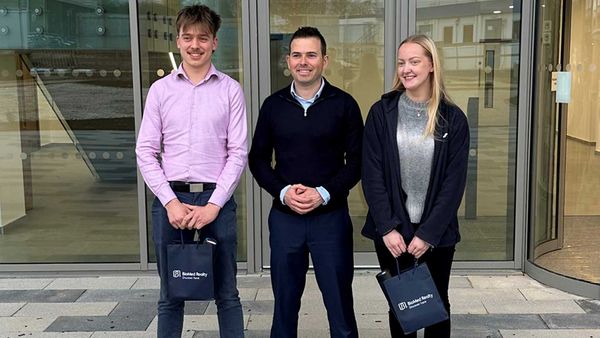Can Cambridge be Europe's Silicon Valley?

Funding support for the sector increased from £261 million in 2012 to £4.5 billion in 2021, only to be advancing further with government infusions such as the £520 million funding announced in the 2023 Autumn statement.
As a result, the number of life science companies and jobs continues to rise, with the addition of 770 companies and 51,038 jobs to the sector since 2012. Companies are playing ball to get Cambridge, UK the growth it needs, but can it really be Europe’s Silicon Valley?
Why Silicon Valley?
It is important to remember Silicon Valley didn’t appear overnight. It was originally known as Santa Clara Valley and renowned for its fruit orchards and it wasn’t until Stanford University opened in 1891 that it began to be viewed as an area of notable scientific research and development.
The name was first adopted in the early 1970s because of the region's association with the silicon transistor, which is used in all modern microprocessors. Only then did the area become renowned as a science and technology hub flock of early-stage unicorns, namely Apple, Microsoft, and Oracle duly swarmed to the region.
In Silicon Valley, then, it was the proximity of educational, medical, and science and technology sectors that created the globally leading cluster as it has come to be known today. And much the same is true for Cambridge, with its strategic location within the ‘Golden Triangle’ running between it, Oxford, and London – home to some of the world’s leading academic institutions.
Why Cambridge?
In the last few years, Cambridge has solidified its position as the epicentre of Europe's life sciences and tech sectors. The industry has seen remarkable growth in the area, and influxes of cash in a bid to back the boom. In 2023, venture capital firms pushed £2.6bn into UK life sciences companies, a 37% surge over pre-pandemic levels.
The city has long been referred to as Silicon Fen, an analogy only drawn from its likeness to California’s hub. Mirroring the impact of Stanford, the University of Cambridge is a prominent driver of innovation.
A strong entrepreneurial culture gives rise to startups, supported by resources like the Cambridge Innovation Center. In the realm of life sciences, Cambridge nurtures robust ecosystems with diverse expertise in pharmaceuticals, biotechnology, and medical research, each contributing significantly to the broader innovation landscape.
Over a decade ago BioMed Realty harnessed the market opportunity in Cambridge through our acquisition of Granta Park, a 120-acre campus on the city's southern fringes and our latest development at Babraham Research Campus.

Our focus is helping the UK reach its potential of becoming a ‘scientific superpower’ as we look to double our life science space, with a pipeline of 1 million square feet on top of the nearly 1 million square feet we have now.
Across BioMed’s portfolio we provide key infrastructure for the industry, from scale up space for start-ups, to headquarter space for enterprises such as Illumina, Gilead and Pfizer, who rightly have an established presence in the science parks. And these players are impressive, enough so to dominate the headlines and get a whirlwind of backing into the sector, and there is also the substantial impact of start-ups and spinouts, primarily due to their scientific contributions rather than sheer size or scale.
Cambridge’s collaboration and talent
Cambridge is getting the spotlight due to its prosperity and the similarities we can see between early-stage Silicon Valley, making it a hub for promising start-ups and scale-ups as well as established industry players.
This growth will bring with it opportunities through inward investment, creating more room for high-skilled jobs in science, as well as providing valuable jobs on the ground in development and construction.
A key driver for us as well is ensuring there is fit-for-purpose space for life sciences companies that are typically under-served UK wide, namely those growing out of the early stages of incubation with an ambition to scale. This has been a consideration behind our decision to ensure that there is flexible space for these start-ups to grow into, integrated within many of our development projects.
This was highlighted with BioMed@Babraham in 2020, where we delivered the first speculative, fitted 100,000 square feet laboratory and office buildings in the Cambridge market.

Emphasising knowledge exchange is a critical facet of creating a successful science and technology cluster. This does not have to just be within the R & D space: our recent 34,000 square feet development in partnership with Babraham Research Campus was built with vital additions from our apprenticeship program with SDC Builders.
Investing in local talent development and spearheading apprenticeship programmes is crucial in nurturing the next generation of professionals to create a sustainable industry, and ensure it is equipped with the efficient skills to fulfil its potential whilst directly benefit local communities within which we operate.
Fostering a vibrant community of innovators and entrepreneurs should be at the forefront of a research cluster’s mission.


